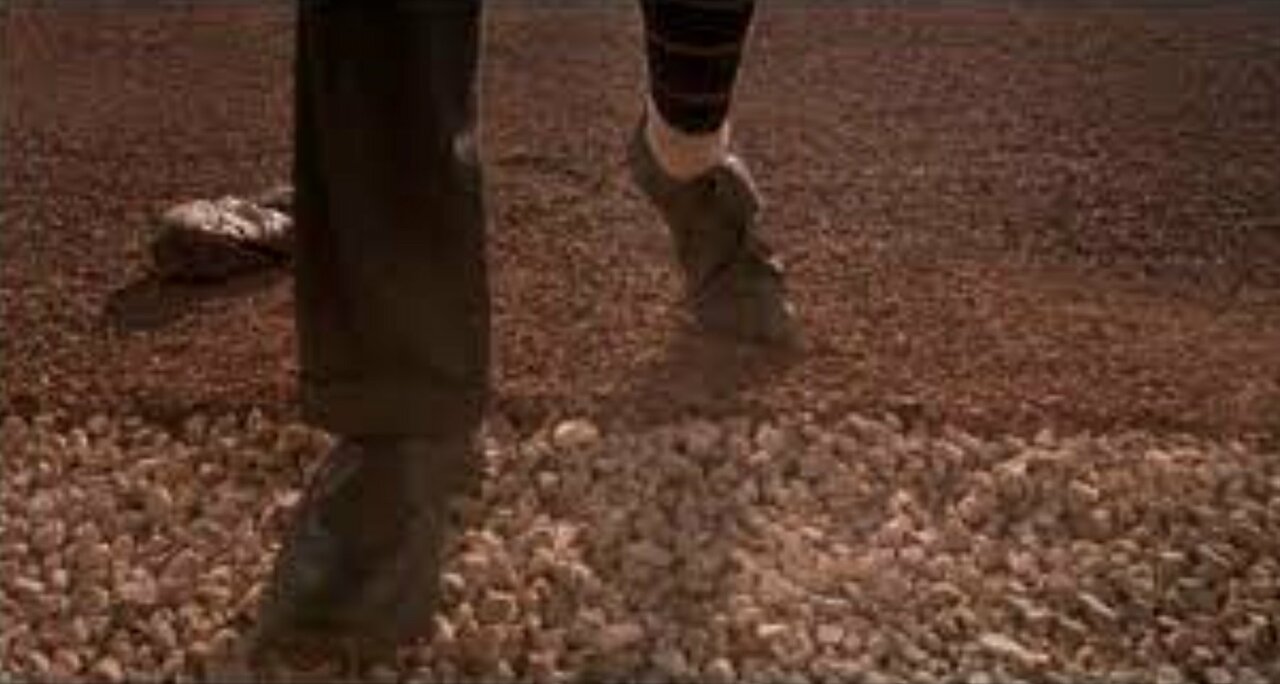
In 2017, Dr. Ken Kraemer and his group joined our Laboratory of Cancer Biology and Genetics (LCBG), NCI. At that time, the research of our laboratory, led by Dr. Glenn Merlino, focused on melanoma, and Dr. Stu Yuspa’s laboratory focused on the transformation of keratinocytes. Ken’s group specialized in clinical dermatology of DNA repair diseases, especially xeroderma pigmentosum (XP). We sometimes joked that LCBG has a mini dermatology branch. In fact, both Ken and John DiGiovanna, the research physician in his group, are board-certified dermatologists. They perform clinical studies of XP to explore better treatment and new therapies. They have been helping and advising XP patients nationwide and even from other countries for decades. Such clinical specialization is a unique strength of NIH.
Melanoma is a research interest shared by our two groups. Ken and John often asked me questions when I presented in seminars or journal clubs. I always tried to find an opinion from a different perspective, and they are very good at providing one. Moreover, for people doing basic research like me, it is always excellent and important to discuss with clinicians.
Not for too long I found that clinicians can help me more than research. One day a tiny keratosis appeared on my scalp. My hand scratching only made it bigger, and I got a little panicked. I needed to ask a dermatologist what to do, so I thought about John conveniently. He explained to me how this happened as well as standard treatment, ensuring me that it was not difficult to deal with. With his advice in mind, I felt much more comfortable to visit a dermatologist. The doctor sprayed liquid nitrogen on the small area of keratosis. It stung a little bit on my scalp. The tiny cap fell piece by piece over time. After a month, it was all gone. As my kid has allergic symptoms, I also asked John for his advice, and he kindly offered his time to talk to my son. As a scientist, it's a great experience to discuss a disease with a physician who has good knowledge in both clinical and basic research. Partly because John liked to help people, partly because of his Italian root, he soon became a good friend with our lab manager Antonella, who is from Italy, and also offered his time to explain some symptoms to her, out of his kindness. Later I learned that John was well beloved by his patients, many of them were children and teenagers, and they called him "Dr. Di".
Suddenly COVID isolated people from each other. In the two years I worked almost full-time from home. I talked to colleagues and friends all the time but online only. Every time I ended a virtual session, it was like an experience of space travel. We chatted, laughed, or even exchanged emotional remarks with people on the other end of the screen, and then returned to isolation like a hibernation mode. We became anxious for things near us but numb for what was happening in the distance.
My sensitive teenage son was very fond of John for his manner of giving advice, so when he had another allergy question, I tried to contact John to ask. However, I was told that he took a leave without a sure return time. After a few weeks, I tried again, and got the same answer. That was the time when the Omicron got its way to hit people, so I worried a little bit if John was affected. Last year on an occasion, Ken told me John was on chemotherapy. However, he wanted to keep working on his research and did not want to be interrupted by any attention to his health condition. I was very naive to think that it probably meant he was recovering. There will be another time that I'll catch up with him.
At that time we were walking out from lockdown, but life became even more complicated than ever. The online meetings filled our schedules. The hybrid seminar takes double time to set up. It is so easy to find someone online but so hard to have productive conversation. People come in and out, working at site or from home, making the coordination very difficult. Every day we tried to focus on one thing but mostly got distracted by something else. I am no exception to getting lost in this new lifestyle. And then, on this Monday (2/8), I was totally knocked out by the unexpected message that John passed away in the morning. I was full of regret and sentiment.
John had been diagnosed with cancer two years ago. He was determined to live his life to the fullest despite his cancer diagnosis, for his love of research and helping others. He did not want to talk with people about his disease. He wanted to keep the focus on his work.
John reminded me of Dr. Archie “Moonlight” Graham in the movie, “Field of Dreams”, in regard to finding his true calling as a doctor, no matter what else dream he might have. However, the story of “Field of Dreams” is about the question: what if you were given the second chance to meet again the person whom you missed in your life? We have missed so much time, and now a colleague and a friend. What do we understand about him now, and what do we want to tell him if we built something to get this opportunity?
Now John has walked to the other side of the field, fulfilling his true calling before departure from this world. Good work, Dr. Di!
Obituary for Dr John DiGiovanna at the funeral home: https://www.pumphreyfuneralhome.com/obituaries/John-Joseph-DiGiovanna?obId=27219059#/obituaryInfo
Please sign in or register for FREE
If you are a registered user on Research Communities by Springer Nature, please sign in